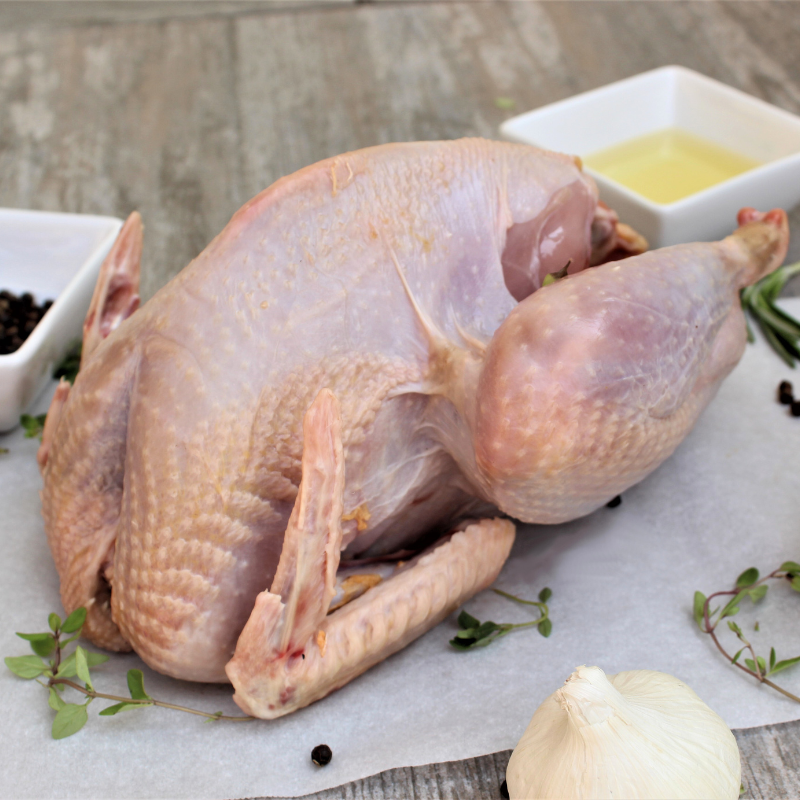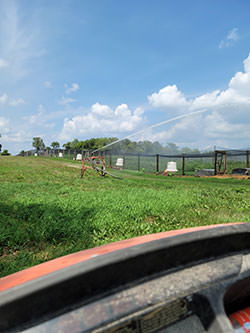Preparing Chicks for Shipment Through the US Postal System
MacFarlane Pheasants, Inc. ships approximately 1.2 million chicks through the postal system each year. Shipping that many chicks requires a great deal of planning before they reach their final destinations.
Each week (March – July), we hatch 100,000 chicks. We hatch on Monday, Tuesday & Wednesday of those weeks. Thursday before the following weeks hatch, we have a meeting on what is hatching, how many chicks will be hatching and on what days, who we are delivering too and how many boxes are going through the postal system. The hatchery will then use the packing slips to determine how many boxes they will need to fulfil orders. These counts are dependent on many factors, such as whether we are shipping a pheasant chick or a chukar chick. Chukar chicks are much smaller, so more will ship in a box. Unlike many hatcheries, we sex a good portion of chicks for each hatch. This helps us cater to customer’s preferences much better. Planning and scheduling are a top priority as we fill orders at different times for different customers.
The delivery of happy and healthy chicks is our number one priority. During cooler months, we use a better insulating box to ship chicks and have fewer and smaller ventilation holes and heavier cardboard. A heat pack is added to the bottom boxes of a bundle to help prevent heat loss during these months as well. During warmer months, usually around the middle of June, we switch back to more ventilated boxes. We drop down box counts to accommodate any overheating that could take place in warmer weather.
We bundle and band boxes together, depending on how many boxes that customer is getting, to ensure safe shipping and cut shipping costs for the customer. Styrofoam is also added to the bottom boxes to protect the box from getting wet and to make sure the chicks stay warm. Every chick leaves our facility with a vitamin supplement to help curb dehydration and give them a kickstart.
As orders are completed and scanned into our shipping system, our crew loads them into a climate-controlled trailer. We use climate control as a useful tool as we can set the thermostat at 75 degrees and not worry about stressing out our chicks. The vast majority of our chick shipments are trucked to the Minneapolis/St. Paul Airport Post Office. At this point, the chicks are at the mercy of the postal system, but this facility specializes in live animal transport. From there, the chicks are loaded onto planes and trucks to be shipped across the country.
When chicks arrive to you, their immediate care requires preparation which should be done prior to shipment. We have an excellent rearing guide available for free on our website. We hope this guide is helpful for delivery preparation, but always feel free to call us in the early stages of planning for a shipment of chicks from MacFarlane Pheasants.

Related Posts
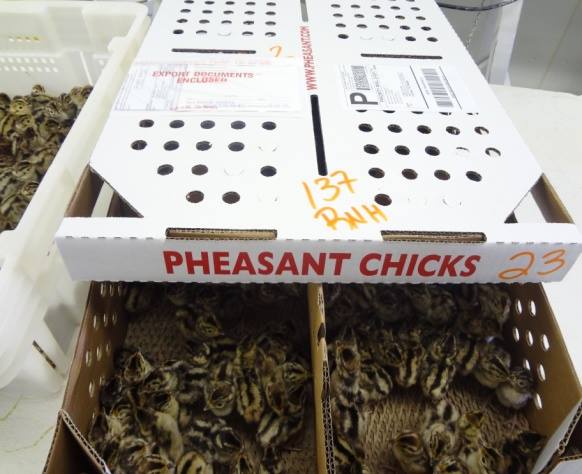
Shipping Chicks Safely During Cold Weather Months
Read Post

Post Office Tells FedEx to Start Carrying Live Animals
Read Post
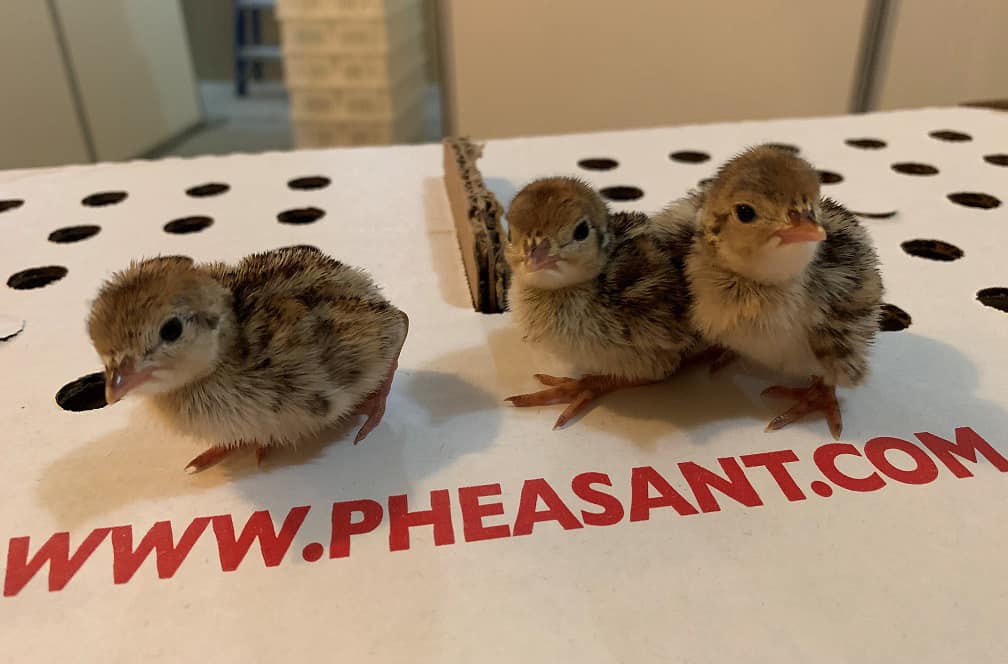
A Day in The Life of the Hatchery Manager and Chick Deliveries
Read Post

An Inside Look at How MacFarlane Pheasants Boxes Chicks for Live Delivery
Read Post
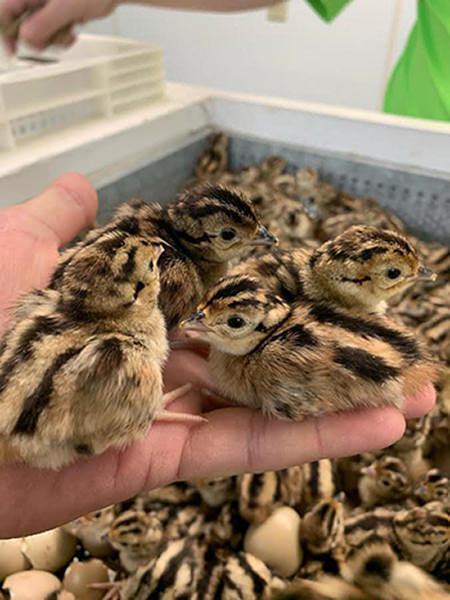
Chick Shipping Strategies
Read Post
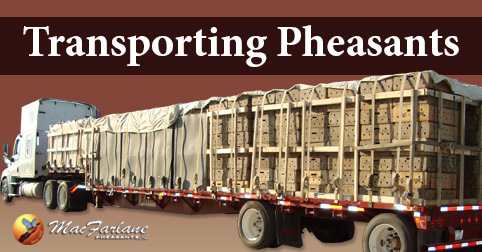
Game Bird Delivery Season in the United States and Canada
Read Post
How do we ship game birds?
Read Post

International Pheasant Chicks
Read Post
Take Advantage of These Free Resources
As the biggest game bird farm in the United States, we want to share our experience with you. Download our free resources below and get started.

